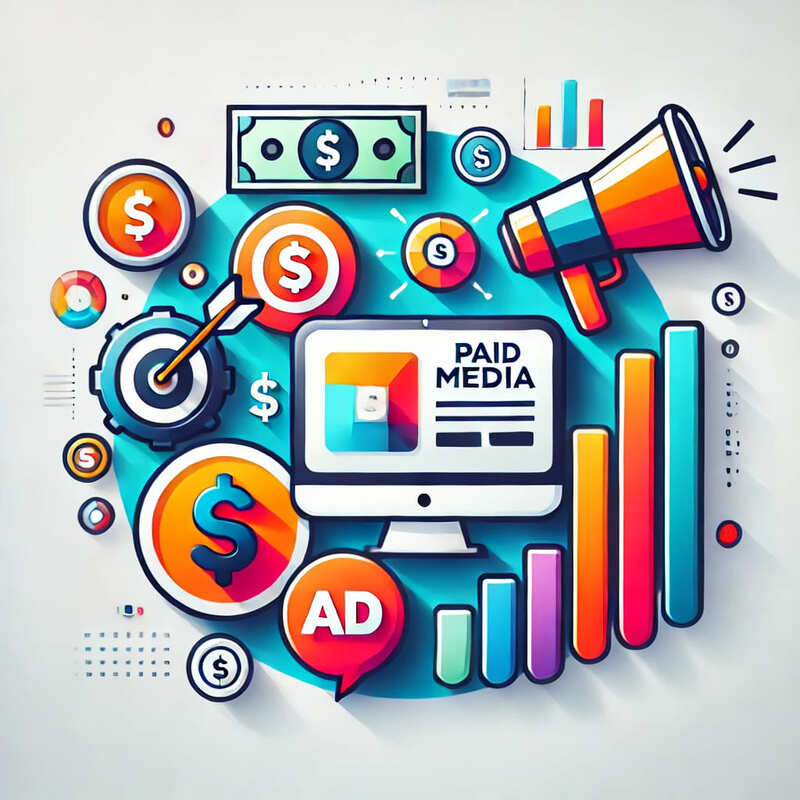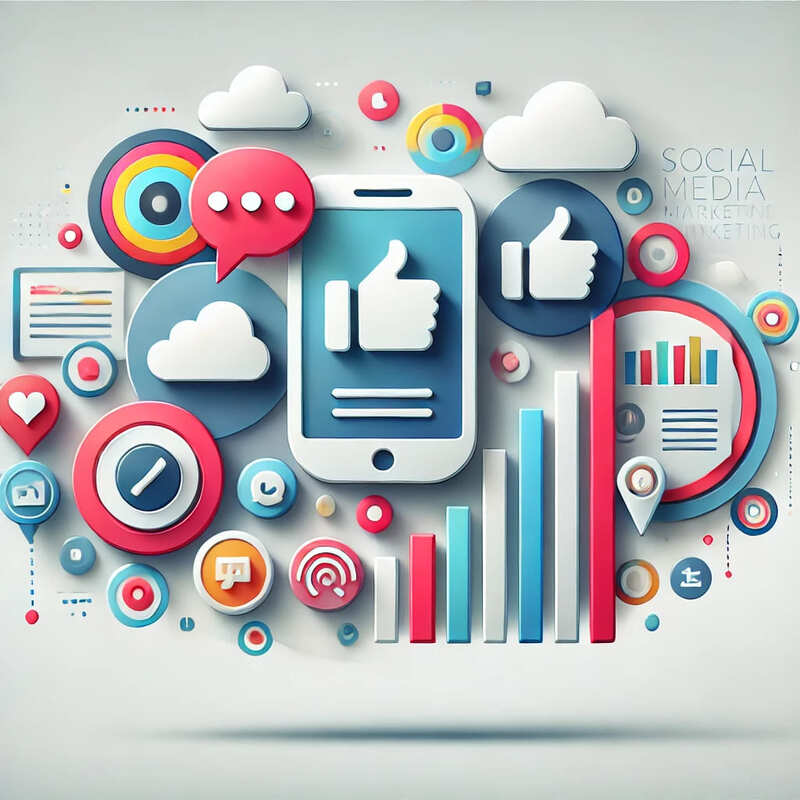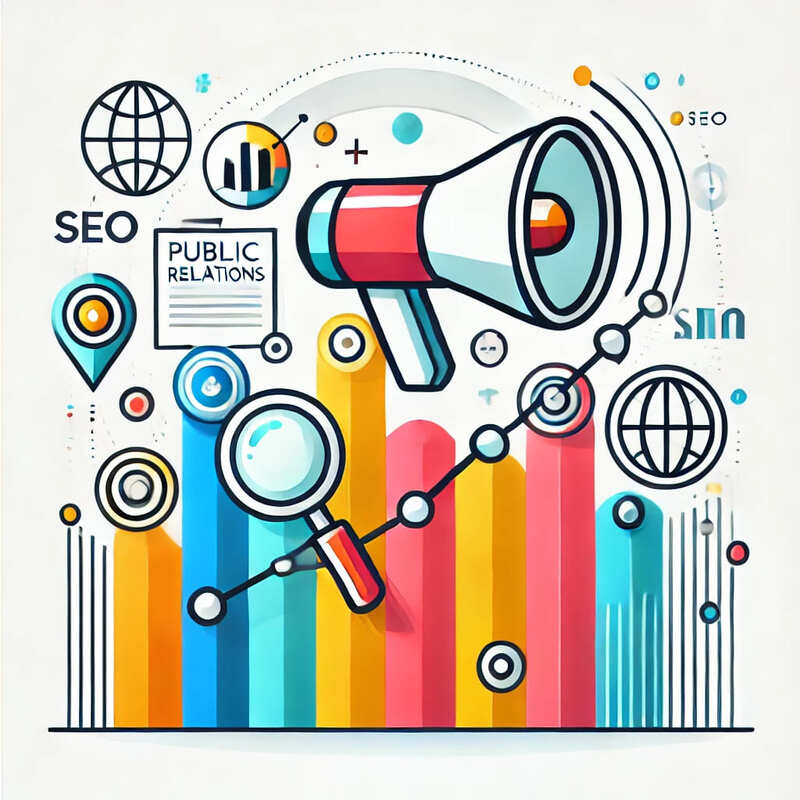Introduction
Advertising is a cornerstone of marketing, responsible for disseminating messages to attract, inform, and engage target audiences. In the digital era, advertising has evolved to include not just traditional methods but also various forms of paid media. This article aims to provide an in-depth understanding of modern advertising practices, focusing on the role and impact of paid media in today’s marketing landscape.
The Importance of Advertising
Advertising serves multiple purposes:
- Brand Awareness: Introduces your brand to new audiences.
- Lead Generation: Drives potential customers into the sales funnel.
- Sales Conversion: Encourages purchase decisions.
- Customer Retention: Keeps your brand top-of-mind for existing customers.
Core Components of Advertising
Traditional Advertising
- TV Commercials: Reach a broad audience but can be expensive.
- Print Ads: Newspapers, magazines, and other print media.
- Billboards: Outdoor advertising for localized targeting.
- Radio: Audio-based advertising, often localized.
Digital Advertising
- Display Ads: Visual ads that appear on websites.
- Search Ads: Text-based ads that appear in search engine results.
- Social Media Ads: Appear on platforms like Facebook, Instagram, and LinkedIn.
- Video Ads: Short video clips that can appear on platforms like YouTube.
Native Advertising
- Sponsored Content: Articles or videos that resemble editorial content but are sponsored by a brand.
- In-Feed Ads: Ads that appear within a platform’s regular content feed.
Paid Media and Its Significance
What is Paid Media?
Paid media refers to any form of advertising that you pay for, as opposed to earned or owned media. It’s a way to promote content and drive exposure.
Types of Paid Media
- Pay-Per-Click (PPC): You pay each time someone clicks on your ad.
- Cost Per Mille (CPM): You pay for every 1,000 impressions your ad receives.
- Affiliate Marketing: You pay a commission for each sale or action completed due to your ad.
Benefits of Paid Media
- Targeting: Precise audience targeting based on demographics, behavior, and location.
- Scalability: Easily scale your campaigns up or down based on performance.
- Measurability: Track ROI effectively with analytics tools.
Best Practices
- Audience Segmentation: Divide your audience into segments and tailor your ads accordingly.
- A/B Testing: Test different versions of your ads to see what performs best.
- Landing Page Optimization: Ensure the landing page you’re directing traffic to is relevant and optimized for conversion.
- Budget Management: Set a budget and monitor it closely to ensure you’re getting a good ROI.
Popular Advertising Tools
- Google Ads: For search and display advertising.
- Facebook Ads Manager: For social media advertising.
- Moz: For SEO and organic reach, which can complement your paid efforts.
Conclusion
Advertising is a multifaceted discipline that plays a crucial role in a brand’s visibility and revenue generation. Understanding the nuances between different forms of advertising and the role of paid media can help you craft a more effective and comprehensive marketing strategy.



